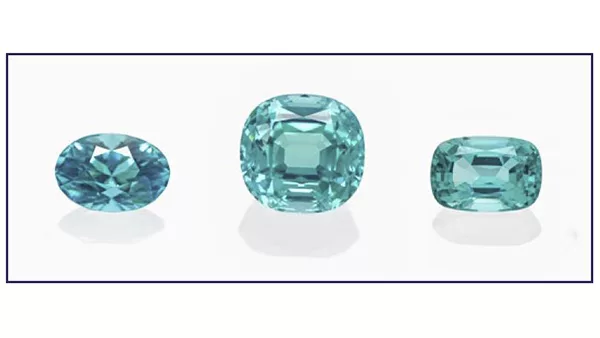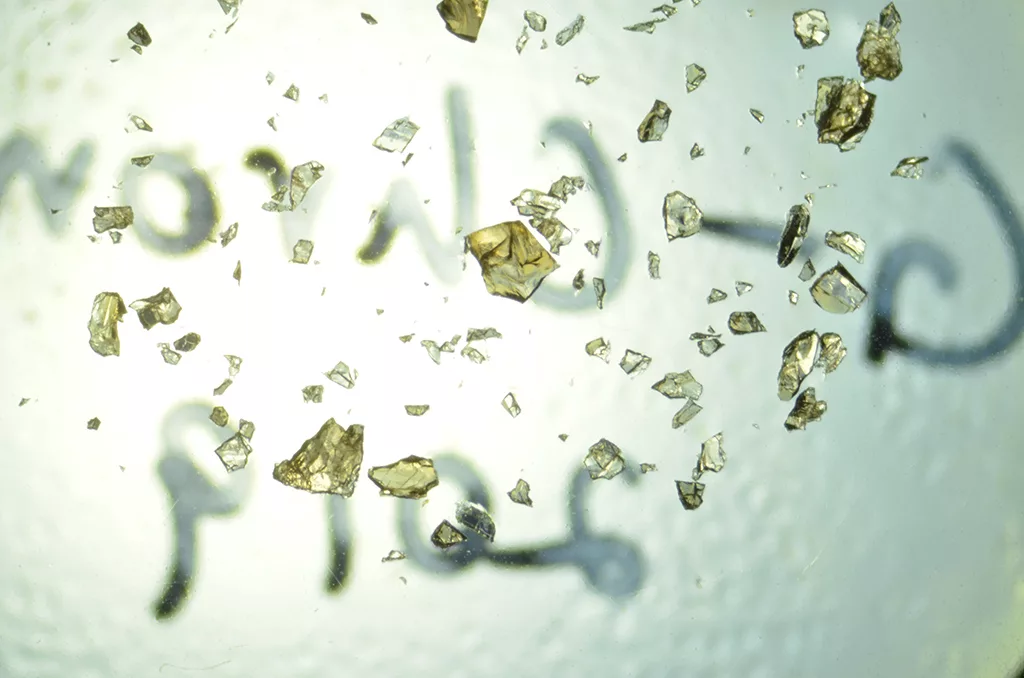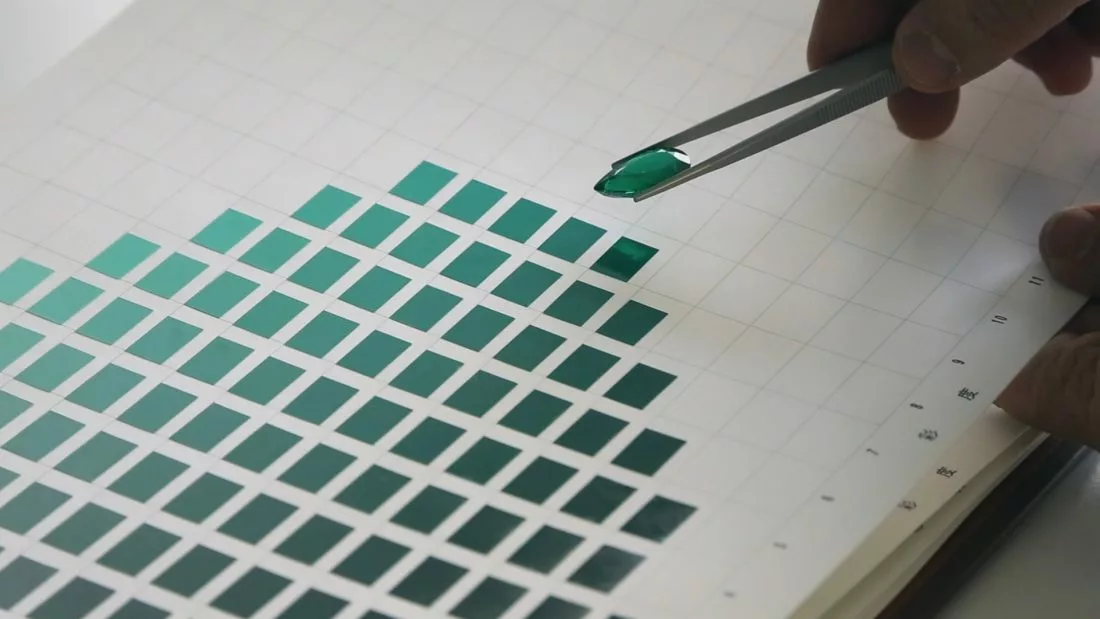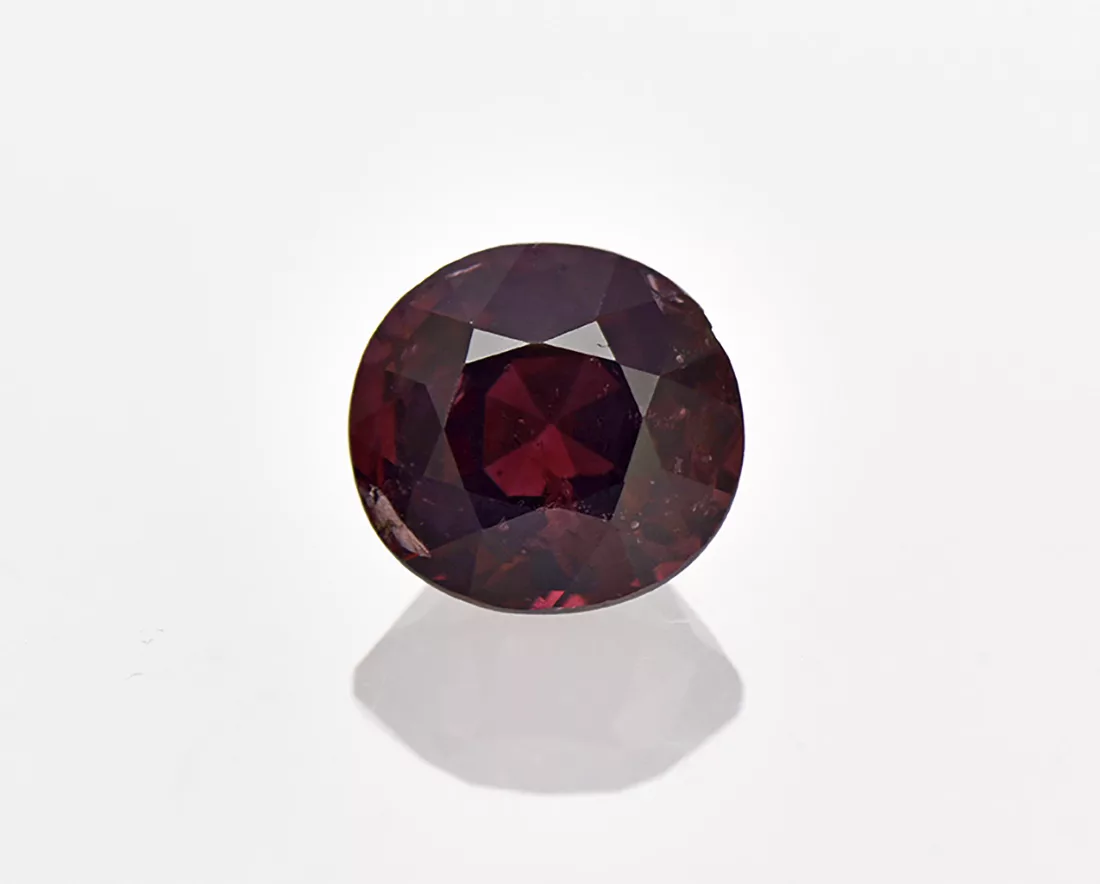Paraiba or Not? Cu-bearing Tourmaline with a Distinct Fe Concentration
Paraiba or Not? Cu-bearing Tourmaline with a Distinct F […]
Gemtof successfully passed G-Chron 2019 proficiency test on zircon U-Pb dating
The quality and consistency of analytical data is important for gem labs in order to provide replicable results to gemmologists over a long period of time. In addition, the accuracy compared to internationally recognised standards allows us to perform inter-lab comparisons or track instrument performance and tr
To be, or not to be, that is the question: chrysoberyl versus alexandrite
The mineral chrysoberyl BeAl₂O₄ is a highly appreciated gemstone due to its rarity, brilliance, and beauty and comes in attractive colours commonly ranging from colourless (chemically pure) to yellow, yellowish green, green, and brownish green to dark brown, mostly related to the presence of iron in its cry
Colour varieties of gems – where to set the boundary?
by Dr. M.S. Krzemnicki, first published in Facette 26 ( […]
Diamonds as a window into the earth
by Dr. L. Speich, first published in Facette 26 (M […]
New statistical methods for analysis of gemstones
Based on real case studies on sapphire and emerald specimens, we here present how a simultaneous multi-element approach assists origin determination. Instead of pre-defining a list of isotopes in advance, routine analysis of blue sapphires using LA-ICP-TOF-MS detects rarely occurring trace elements such as bery
A New Type of Emerald from Afghanistan’s Panjshir Valley
A New Type of Emerald from Afghanistan’s Panjshir Valle […]
Multi-element analysis of minerals using laser ablation inductively coupled plasma time of flight mass spectrometry and geochemical data visualization using t-distributed stochastic neighbor embedding: case study on emeralds
Multi-element analysis of minerals using laser ablation […]
Rare Earth Elements in Danburites
The calcium-boron-silicate danburite is a rather rare c […]
Vanadium-rich Ruby from Mogok, Myanmar
Mogok-type rubies are known to contain small but distinct amounts of vanadium (often in the range of 0.015 – 0.025 wt% V2O3), but are commonly highly dominated by chromium (approximately by a factor of 20-100 x) responsible for their often attractive and saturated red colour and strong fluorescence. In some c









